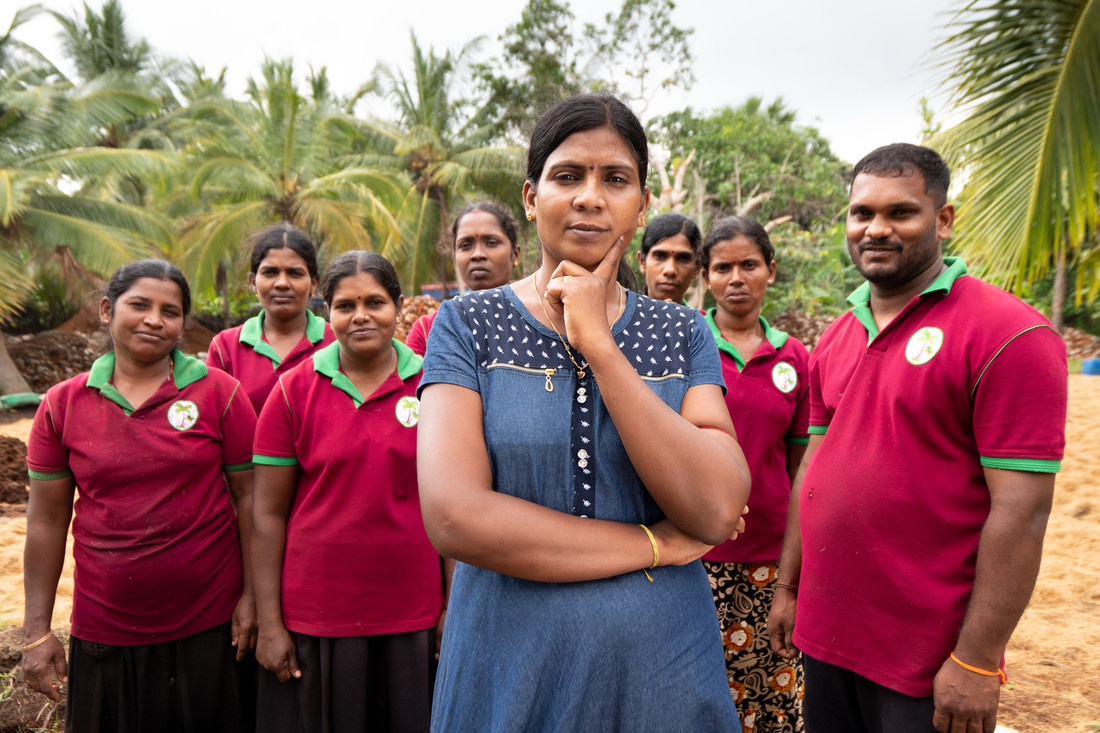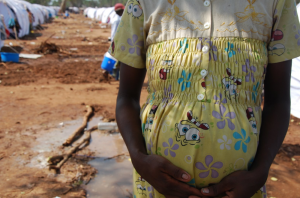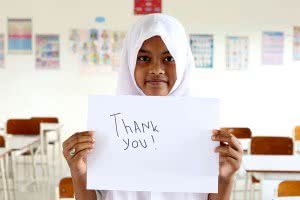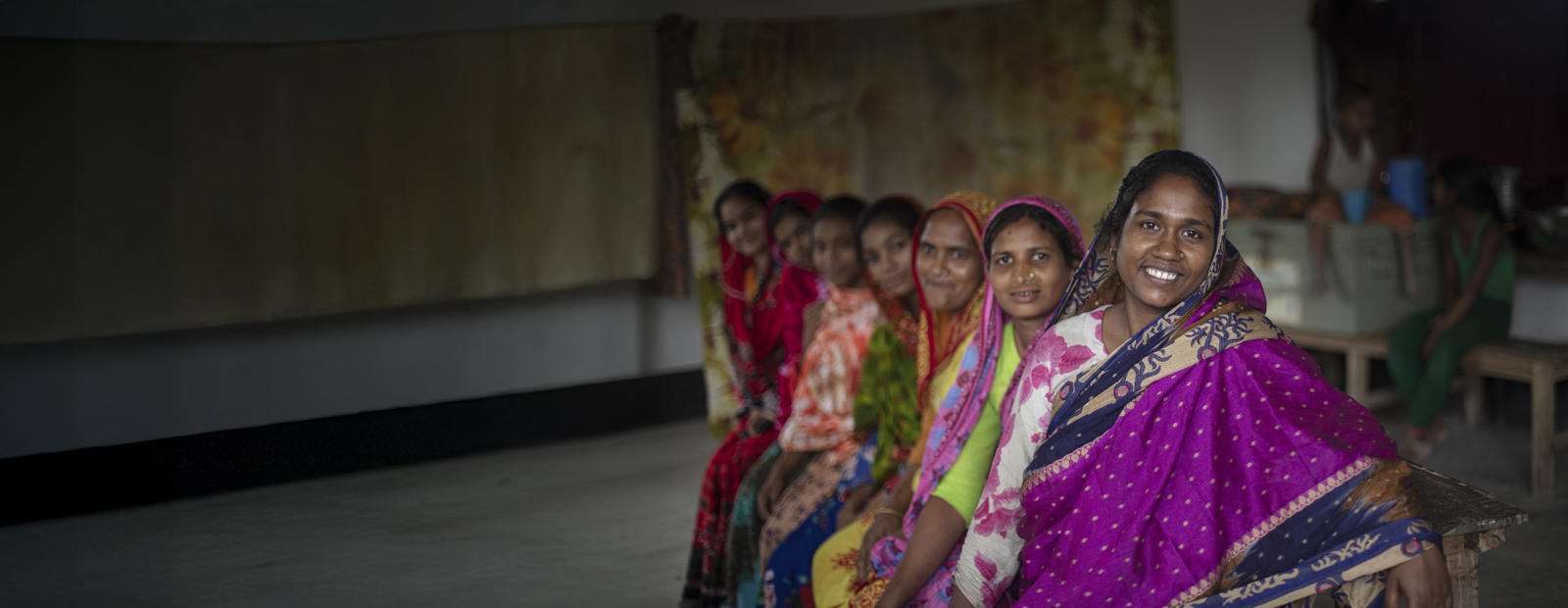Sri Lanka is in a deep economic and political crisis.
An island nation heavily dependent upon imports, Sri Lanka is enduring a desperate shortage of essentials like food, fuel, gas, medicine and electricity.
The country’s health sector is totally paralysed with about 50 per cent of medical operations suspended as equipment and supplies run low and replacements cannot be imported.
Concerns for the safety of women and girls have also dramatically increased, as economic stressors and job losses make women even more vulnerable to exploitation and abuse.
As inflation climbs and food prices go with it, people are selling their properties and belongings just to be able to afford to feed their families, and millions of people are forced to skip meals every day.
The entire nation of 21 million is in deep distress.
Immediate needs include the provision of food, essential medicine, nutrition services and emergency livelihood support for the most vulnerable. On top of this, help for farmers, mental health support and education as well as protection from violence against women and girls are also vitally important.
CARE has been working in Sri Lanka since 1950, strengthening the resilience of local communities to better deal with disasters and the impacts of climate change. And now, through our partner Chrysalis, we are ready to respond to the crisis, with emergency food supplies the top priority.
Fast Facts
Population: 22.40 million (July 2017 est.)
Life expectancy: 76.9 years (73.5 years male, 80.6 years female) (2017 est.)
Infant mortality: 8.4 deaths/1,000 live births (2017 est.)
Under-5 mortality*: 9.4 deaths/1,000 live births (2016 est.)
Maternal mortality: 30 deaths/100,000 live births (2015 est.)
Adult literacy rate: 92.6% (93.6% male, 91.7% female) (2015 est.)
Access to improved drinking water: 95.6% (98.5% urban, 95% rural)
Access to improved sanitation: 95.1% (88.1% urban, 96.7% rural)
Labour force participation rate^: 74.1% male, 35% female (2017 est.)
Percentage of seats held by women in national parliament^: 5.8%
GDP per capita: $13,000 (2017 est.)
Source: CIA World Factbook, *UNICEF, ^World Bank
The Boxing Day tsunami
Sri Lanka suffered the second-highest number of deaths after Indonesia in the 2004 Boxing Day tsunami, and the highest death and displacement rate as a proportion of its population and size. The worst damage was on Sri Lanka’s east and south-east coast, which faced the earthquake’s Indian Ocean epicentre, however, there was significant damage and loss of life on Sri Lanka’s western coast as well.
35,322 people died or disappeared and 516,150 were forced from their homes in Sri Lanka, as a result of the disaster. Damage was estimated at USD $1.5 billion. The tsunami pushed sea water deep inland demolishing buildings, destroying crops in ground and salting fertile farmland.
CARE helped over 110,000 families affected by the tsunami. Immediately after the disaster, CARE staff helped search for survivors, distributing safe drinking water, food, clothing, bedding and hygiene kits. After the initial response, CARE helped communities rebuild public buildings, water wells and toilets, and provided counselling to traumatised people. We also helped people earn money by providing them with training and supplies needed to start a small business, such as fishing and farming.
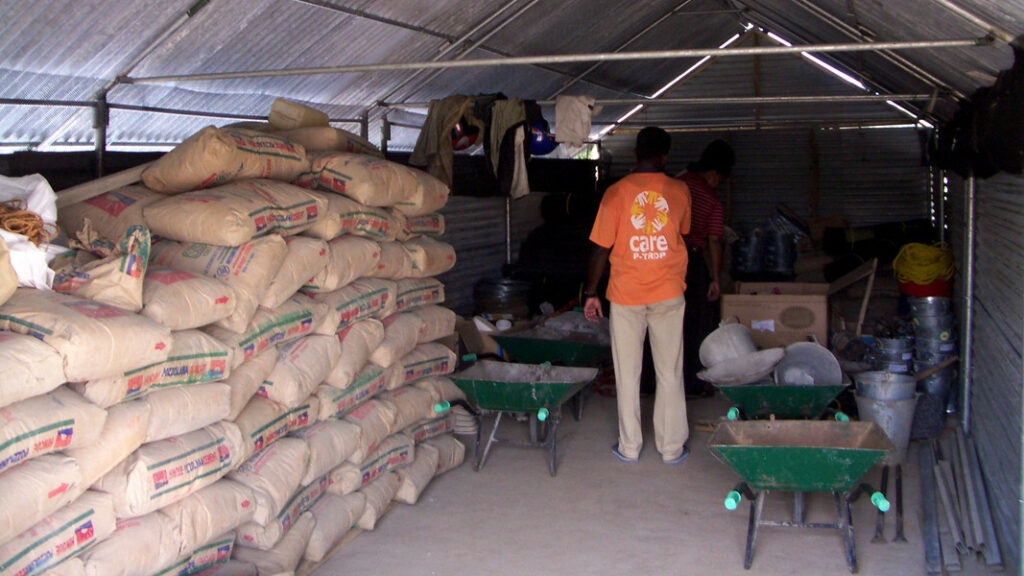
Donate now
Support our ongoing work to create a more equal world.
Your donation can help end extreme poverty and give people the means to build a better future for themselves in countries like Sri Lanka.
For those living in extreme poverty, your support brings education and training, healthcare and clean water, nutritious food, and new ways to earn an income. And in times of crisis, you help us deliver emergency relief. Please donate now.
